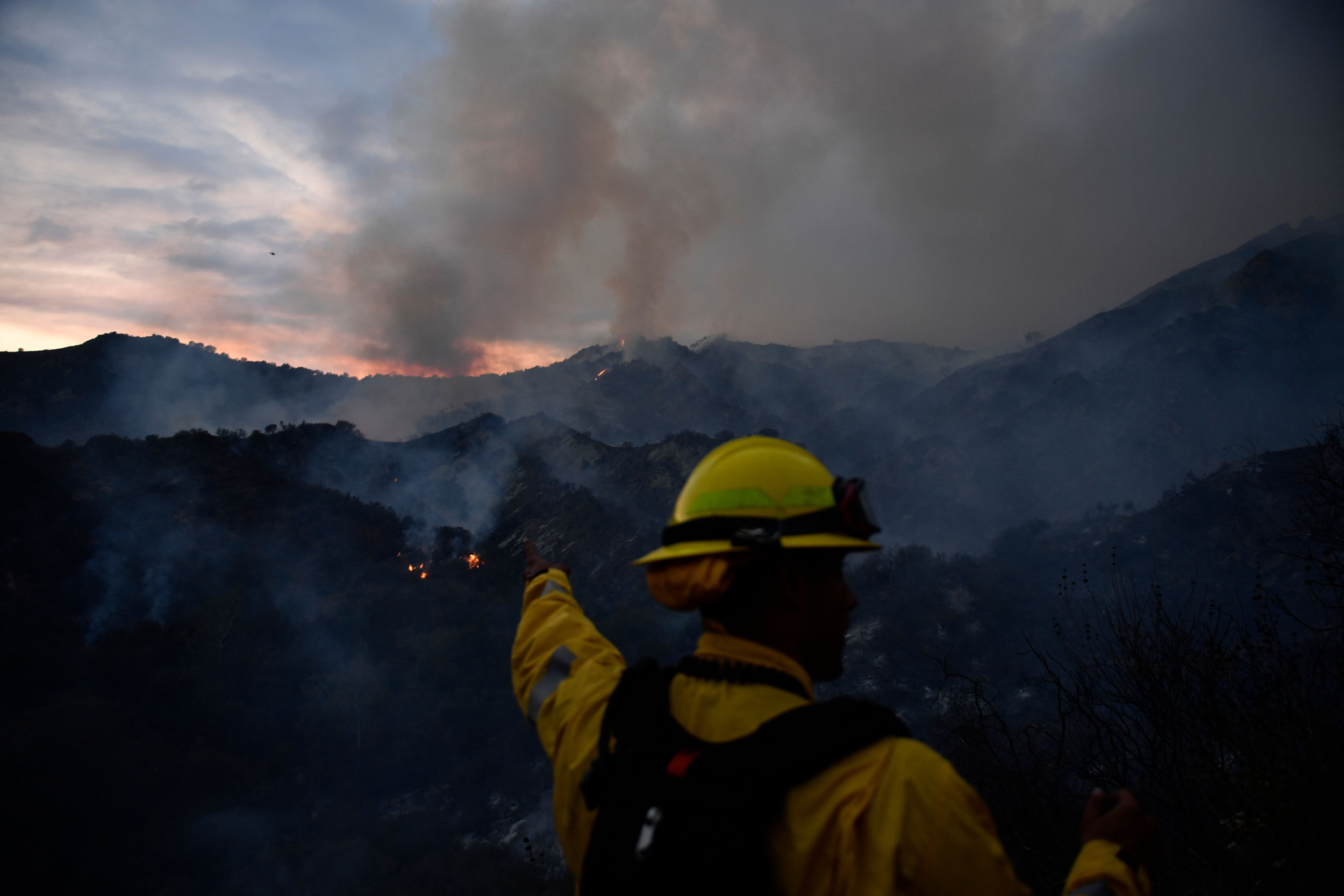South Korea will deploy a new, long-range anti-artillery defense system at an early stage of its development as tensions with North Korea continue to flare.
The U.S. ally's Defense Acquisition Program Administration (DAPA) made the announcement on Monday at a National Defense Ministry committee meeting. The Low Altitude Missile Defense (LAMD) system began development in 2022, which is set to continue until 2033, and aims to strengthen the country's air defenses against incoming fire from its northern neighbor.
"We will be able to minimize damage from North Korea's long-range artillery attack," local media quoted DAPA as saying. The agency added that the system's capabilities will rival, if not exceed, Israel's Iron Dome air defense system.
During the same meeting, DAPA approved the second phase of its Patriot missile defense system upgrade. This phase includes acquiring the enhanced Patriot Advanced Capability-3 (PAC-3) missile defense system, which uses smaller, agile hit-to-kill interceptors rather than the fragmentation warheads used by its predecessors.

PAC-3 launchers hold 16 missiles, compared with PAC-2's four, and offer increased range, with advanced radar and tracking systems. The LAMD and PAC systems will work alongside South Korea's Patriot and Terminal High Altitude Area Defense (THAAD) systems as part of a layered defense strategy.
The THAAD system, provided by the U.S., targets missiles in their terminal phase, during reentry into the atmosphere.
In 2017, the delivery of South Korea's first THAAD platform rankled China because of the system's powerful radar, which could monitor its military activities in the region. Beijing retaliated with economic and cultural sanctions, including suspending group tours to its neighbor.
In a bid to ease these tensions, then-President Moon Jae-in pledged not to deploy additional THAAD units on South Korean soil.
North Korea is believed to have thousands of artillery systems stationed within range of major South Korean population centers, including Seoul, which lies only 35 miles from the Demilitarized Zone separating the two countries.
Recently, North Korea amended its constitution to designate Seoul as its primary enemy, adding to tensions that have increased since the communist country began sending troops to aid Russia's war against Ukraine.
In recent years, the country has rapidly stepped up the pace of its United Nations–sanctioned missile tests, with more than 236 tests since Kim Jong Un took power in 2011, a thirteenfold increase over those conducted under his father, Kim Jong Il, according to the Center for Nonproliferation Studies' North Korea Missile Test Database.
Following allegations that South Korea sent drones with anti-North Korean leaflets over Pyongyang earlier this month, North Korea's Korean Peoples Army ordered artillery units along the border to "get fully ready to open fire," according to state media.





.png)














 English (US) ·
English (US) ·